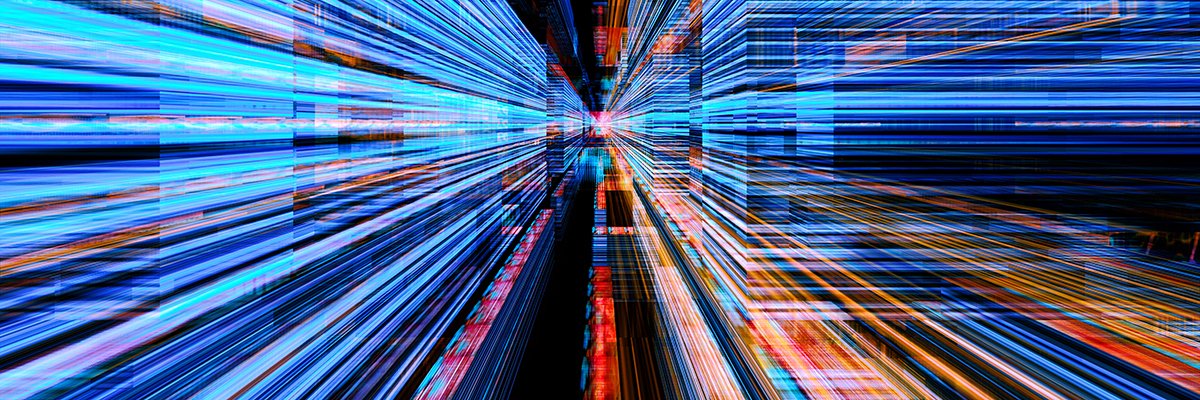
"The emerging network of mutualistic technologies - including extended reality (XR), artificial intelligence (AI) and sensors - is set to benefit a number of industries and applications, not least robotics. The synergistic effects of these technologies have the potential to advance robotics and radically transform the possibilities of integrating robotics into economies and societies. The potential to drive new markets, increase productivity, and enable novel service applications is substantial."
"The advent of embodied AI marks a step towards making AI available across applications. As defined by Nvidia, embodied AI represents "the integration of artificial intelligence into physical systems, enabling them to interact with the physical world ". Nvidia, which is at the centre of AI developments with its enabling chips, notes: "The fusion of machine learning, sensors and computer vision lets ... systems perceive, reason and act in real-world environments.""
"Embodied AI goes beyond robotics in the strict sense and applies to smart systems and infrastructures more generally. It extends the capabilities of AI to physical systems - such as buildings, robots and autonomous vehicles like cars, trucks and robotaxis - and by integrating machine learning and computer vision, these systems can unlock the potential of generative AI applications in physical industries."
The emerging network of extended reality, artificial intelligence and sensors will benefit multiple industries, with robotics among the primary beneficiaries. Synergistic effects among these technologies can advance robotics and radically change integration into economies and societies by creating new markets, increasing productivity and enabling novel service applications. Embodied AI integrates intelligence into physical systems so they can perceive, reason and act in real-world environments. Embodied AI applies across buildings, robots and autonomous vehicles and supports generative AI in physical industries. AI models can use operational robot data while digital twins provide synthetic data designed to mimic real-world data, helping bridge simulation and real-world gaps.
Read at ComputerWeekly.com
Unable to calculate read time
Collection
[
|
...
]